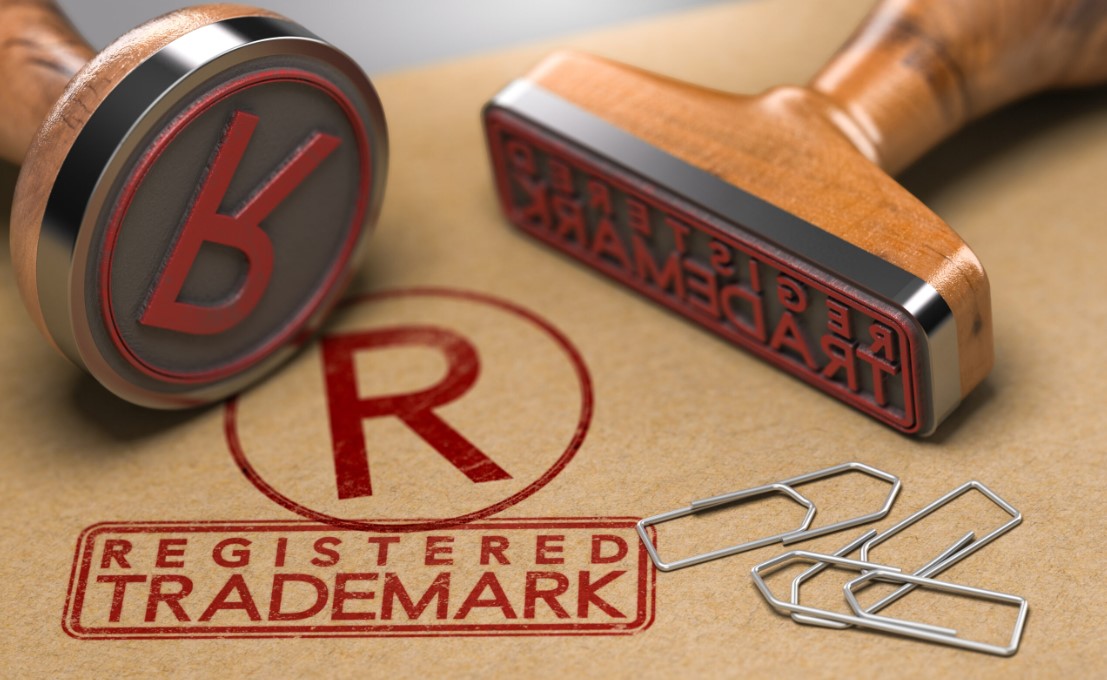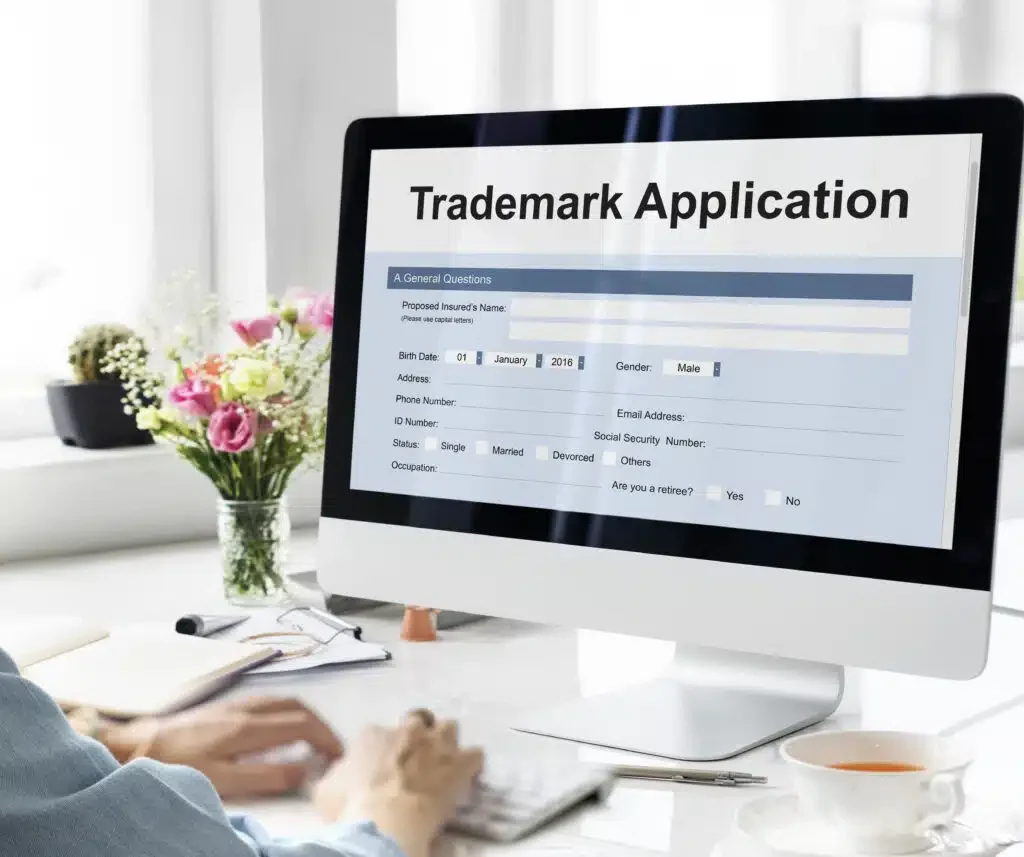
Trademark registration is an essential process for businesses and individuals looking to protect their brand and intellectual property rights. It’s a legal mechanism that formally recognizes the exclusive use of a name, logo, or symbol associated with products or services.
By registering a trademark in the UK, you are legally safeguarding your brand against unauthorized use, which can lead to brand dilution or consumer confusion. Proper UK Trademark Registration is a shield against potential infringement disputes which could otherwise result in costly legal battles and damage to your brand’s reputation.
In this article, we delve into the critical importance of proper UK trademark registration. We aim to illuminate:
- The steps involved in the process
- How it serves as an armor in protecting your rights
- The strategic advantages gained through registration
Equipped with expert insights, readers will gain a comprehensive understanding of how a correctly registered trademark not only fortifies their brand’s identity but also confers legal protection that deters infringement.
Whether you’re a startup or an established business, this guide will help navigate the complexities of trademark registration and underscore why consulting with a trademark specialist enhances your strategy for maintaining a robust and protected market presence.
Table of Contents
Understanding Trademark Registration
When discussing Trademark Registration, it is vital to start with the Definition of a Trademark. A trademark can be a word, phrase, symbol, design, or a combination of these that identifies and distinguishes the source of the goods or services of one entity from those of others. Trademarks are pivotal in conveying a brand’s identity and reputation in the marketplace.
Trademarks serve as a promise of consistent quality and help to cultivate a brand’s image through their unique marks. These symbols become synonymous with the company itself, influencing consumer decisions and fostering brand loyalty.
Legal Protection Through Registration

Source: hengamlaw.com
The registration of a trademark is not just about establishing brand identity; it also imparts critical legal protection to the holder. Here’s how:
- Exclusive rights ─ Registration grants the trademark owner exclusive rights to use the mark on the goods and services listed in the registration. This deters others from using a similar sign that could be confusing for consumers.
- Legal presumption ─ Owning a registered trademark gives a legal presumption of ownership nationwide and a right to use the mark for the goods and services listed in the registration.
- Infringement action ─ It becomes straightforward for registered owners to take legal action against any party that infringes upon their trademark. Without registration, this process can be more cumbersome and less clear-cut.
- Use of ® symbol ─ Registered trademarks can be identified by using the ® symbol, notifying others of its protected status and acting as an added deterrent against unauthorized use.
- Basis for international registration ─ Registered trademarks in one jurisdiction can serve as a basis for applying for registration in other countries, facilitating global brand protection.
By registering a trademark, businesses create an intangible asset that can increase in value over time. As your business grows, so does the potential value of your trademark if properly nurtured through marketing and consistent quality of associated goods or services.
The role of trademark registration is foundational in protecting intellectual property rights. It provides robust tools to safeguard one’s investment in branding, ensuring legal backing to maintain uniqueness in a crowded market space.
Armed with an understanding of what trademarks are and their significance in legal protection, we delve into how businesses can secure this valuable form of intellectual property through meticulous planning and execution.
The Trademark Registration Process in the UK
The UK Trademark Registration Process is a crucial step for any business or individual looking to protect their brand identity. One of the key stages in this process is conducting a thorough trademark search, which serves as the basis for all subsequent actions.
1. Conducting a Comprehensive Trademark Search

Source: amr.co.id
Conducting an extensive UK Trademark Search is extremely important. This investigation is done to ensure that your intended trademark does not infringe upon existing marks. By doing this search, you can not only avoid potential legal disputes but also make the registration process smoother.
Here are some essential guidelines for performing a comprehensive search:
- Utilize online databases ─ The Intellectual Property Office’s (IPO) online database is a valuable resource that provides access to registered trademarks and pending applications within the UK. This platform allows for keyword, image, and proprietor searches.
- Engage with market research ─ In addition to using databases, it’s essential to delve into your market niche. Look into trade directories, domain names, and even social media platforms to find any unregistered trademarks that could still pose a conflict due to established use.
- Employ professional search services ─ Specialist firms can provide a more detailed analysis than basic checks. These experts can identify phonetic similarities and other non-obvious conflicts that might be missed by someone without specialized knowledge.
By following these guidelines carefully, you can significantly reduce the risk of submitting a trademark application that clashes with existing marks. This will help you avoid costly oppositions or the need to rebrand in the future.
Additional Considerations During Your Search
While conducting your trademark search, it’s important to keep in mind several key aspects:
- Consider similarity in goods and services ─ A conflict may arise not only from identical marks but also from similar marks used on related goods or services where there is a likelihood of confusion among consumers.
- Assess distinctiveness ─ Make sure that your mark is distinctive enough to be registered. Common words or descriptive terms related to your goods or services might not qualify for trademark protection without proven distinctiveness through use.
- Be mindful of geographical indications and other restrictions ─ Certain words and symbols are restricted under UK law, including representations of the crown or flags and words implying governmental association.
Once you have completed your search and are confident in the uniqueness of your trademark, you can move forward with increased assurance that your registration will not infringe on someone else’s intellectual property rights.
This preliminary stage is crucial for the entire registration process. It’s like laying a solid foundation before building a structure. With a clear understanding of existing trademarks gained through thorough research, you’ll be better equipped to navigate the remaining steps of trademark registration with ease and confidence.
2. Filing Your Trademark Application with the Intellectual Property Office (IPO)

Source: setupfiling.in
To protect your brand legally through UK trademark registration, you need to submit a well-prepared application to the Intellectual Property Office (IPO). Here’s how you can do it:
Step-by-Step Guide to Completing Your Trademark Application Form
- Selecting the right form ─ Choose between TM3 or TM4 forms depending on whether you are applying for a standard or series mark respectively.
- Filling in applicant details ─ Include full name and address details of the person or entity owning the mark.
- Trademark representation ─ Provide a clear representation of your trademark, which may include words, logos, or a combination of both.
- Classification of goods and services ─ List the classes under which your goods and services fall according to the Nice Classification system; this ensures your trademark is protected in relevant categories.
- Claiming priority ─ If applicable, claim priority from an earlier filed application in another country within six months of that filing date.
- Declaration of use ─ State whether the trademark is already in use or if there is an intent to use it in the near future.
- Payment of fees ─ Calculate and pay the appropriate fee, which is contingent on the number of classes you are applying for.
Required Documents and Fees
- Trademark representation ─ Must be submitted as per IPO guidelines.
- List of goods and services ─ A detailed list corresponding to appropriate classes.
- Proof of priority claim (if applicable) ─ A certified copy of the earlier application.
- Fee payment ─ As of 2023, the standard application fee for one class electronically is £170 with each additional class costing £50.
After submitting your application, you will receive an examination report that highlights any issues with it. Make sure to address these promptly to continue with the UK trademark registration process.
Following these steps carefully will help you avoid conflicts with existing marks and increase your chances of getting a registered trademark without any delays or legal problems. The importance of being precise during this stage is why getting expert assistance is often invaluable; they ensure that every detail meets IPO standards and requirements.
By smoothly going through the process of understanding trademarks and following official procedures, you can effectively protect your intellectual property. Taking a comprehensive approach to each step allows UK businesses and entrepreneurs to strengthen their brands against infringement risks while establishing a strong presence in the market.
Examination, Publication, and Registration

Source: housing.com
After submitting your application for a trademark with the Intellectual Property Office (IPO), the next critical stage in the UK Trademark Registration Process begins with Trademark Examination by IPO. Here’s what happens:
1. Examination by the Intellectual Property Office
The IPO examines your application to ensure it meets all legal requirements. This includes checking for any potential conflicts with existing trademarks through a detailed UK Trademark Search. The examination may result in objections if there are issues such as similarity to previously registered marks or descriptiveness of the goods or services.
Key considerations during examination:
- Distinctiveness of your mark
- Absence of direct conflicts with pre-existing trademarks
- Adherence to standards and prohibitions set by trademark law
2. Publication and Opposition Period
Once past the examination stage, your trademark application is published in the UK Trade Marks Journal. This publication initiates a period where third parties can view your proposed trademark and file opposition if they believe it infringes on their rights.
What happens during publication:
- The application becomes publicly accessible for scrutiny
- A period of approximately two months allows for submission of oppositions
- Interested parties may file notice of opposition based on legitimate grounds
3. Securing Registration
If no oppositions are filed or if any filed oppositions are resolved in your favor, the IPO will proceed to register your trademark. Upon registration, you gain exclusive rights to use your mark in connection with the goods or services listed in your application.
Rights associated with registered trademarks:
- Legal presumption of ownership and exclusive use across the UK
- Ability to take legal action against infringement
- Use of the ® symbol, indicating registered status, which acts as a deterrent against potential infringers
By understanding these steps to Register a Trademark, businesses can effectively navigate through potential challenges. It is crucial to recognize that each phase plays an integral role in avoiding conflicts with existing marks and securing a robust legal standing for one’s brand identity.
As you engage with this process, remember that each completed step brings you closer to establishing a legally recognized brand presence. With registration complete, one gains not only protection but also confidence in promoting their brand without fear of infringement disputes.
Benefits and Limitations of UK Trademark Registration

Source: worldtrademarkreview.com
Engaging a trademark expert or specialized company during the registration process offers several advantages and helps overcome some inherent limitations of the trademark registration system.
Advantages of Engaging Trademark Experts
- Expertise in conducting in-depth trademark searches ─ A trademark specialist has the knowledge and tools to perform comprehensive searches. This is important to identify any existing trademarks that may conflict with your proposed mark, reducing the risk of future legal disputes.
- For example, a trademark professional would use advanced search techniques that go beyond basic database queries, considering industry-specific insights and evaluating similar-sounding trademarks or visual elements that could potentially be seen as too similar to an existing mark.
- Ensuring full compliance ─ The details involved in filing for a trademark can be overwhelming. Specialists understand the intricacies of the application process, making sure that all paperwork is carefully reviewed and submitted correctly.
- They are familiar with the specific requirements for different categories of trademarks, whether they relate to goods or services, and can guide how to clearly define and describe your trademark for maximum protection.
Protection Against Infringement
Once your trademark is registered, it provides strong protection against infringement. Being on the public register discourages others from using a similar mark within the same class of goods or services. If infringement occurs, having a registered trademark simplifies legal action and often leads to a more favorable outcome.
- Registered trademark as a deterrent ─ The presence of your registered mark on official databases serves as a public notice of your claim to ownership. Potential infringers are less likely to adopt similar marks when they see an existing registration, thereby preventing issues before they arise.
- Legal advantage ─ In cases where infringement does occur, being able to show registered status can significantly strengthen your position. This includes potential damages awarded in an infringement suit – registered trademarks often result in higher damages being granted compared to unregistered ones.
Limitations of Trademark Registration System

Source: mmwtrademarks.com.au
Despite its strengths, the system does have limitations. It doesn’t automatically police or enforce rights – this responsibility falls on you as the trademark owner. Vigilance is required to monitor possible infringements and take appropriate action when necessary.
- Monitoring responsibility ─ Owning a registered trademark means you must keep watch over its use in the marketplace. Although registration provides legal leverage, it’s up to you or your appointed representative to identify and address instances of unauthorized use.
- Geographical boundaries ─ Trademark protection is generally territorial. A UK registered trademark offers protection only within the United Kingdom; if you plan to trade internationally, separate registrations are needed in each country where protection is sought.
By considering these benefits and limitations, businesses can make informed decisions regarding their brand strategy. Engaging professionals not only helps navigate these complexities but also maximizes the protective measures provided by a registered trademark.
Conclusion
Registering your trademark in the UK is crucial for protecting your brand and ensuring your intellectual property rights are secure. It not only guards against potential infringement but also establishes a strong brand presence that can withstand the challenges of the market.
In this highly competitive business environment, it’s essential to take proactive measures to safeguard your trademark. This includes conducting comprehensive searches to identify any potential conflicts, understanding and adhering to registration requirements, and seeking expert guidance to strengthen your brand’s legal position.
When it comes to trademark registration, it’s advisable to seek assistance from experienced professionals or specialized firms who have in-depth knowledge of trademark law. They can offer valuable insights, navigate complex processes, and provide peace of mind knowing that your brand is in capable hands.
By making protection a priority and investing in proper UK trademark registration, you are taking a proactive step towards securing the future success of your business. Don’t wait until it’s too late—consult an expert today and start safeguarding your brand legacy.







